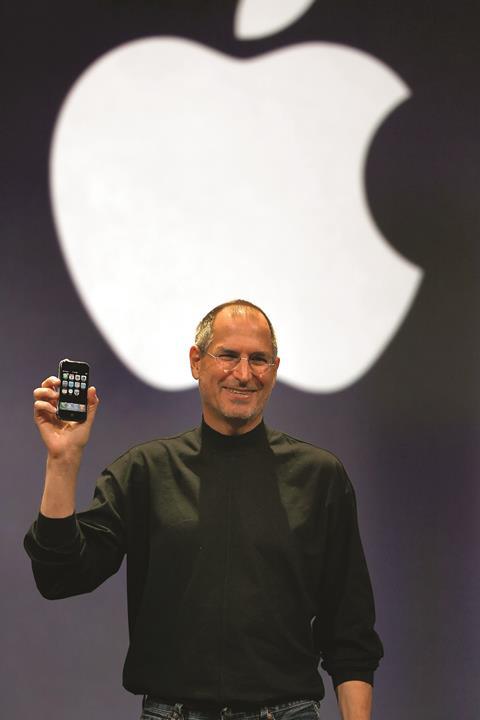Not all innovations are created equal

Innovation is a strange animal. And to parapharase the pigs in George Orwell’s Animal farm, some animals are more equal than others. Most are the kind of meat-and-drink incremental improvements that allow a company to keep pace with its competitors. Others are true breakthroughs that revolutionise markets. And there is an inverse relationship between how significant an innovation is, and how much marketing it requires.
The most successful developments solve a genuine problem for a user or customer. They are objectively better than anything else on the market. Once the word gets around, they require very little pushing to generate sales. Think of the crowds that mobbed shops selling the first nylon stockings, or the drugs that have revolutionised treatment of diseases like HIV or hepatitis C. These products have the potential to transform their creators’ fortunes, if properly managed.
Just behind those are the creations that provide a tangible performance advantage, but not one the customer necessarily asked for, or even knew they needed before it existed. This requires a lot more marketing to ‘educate’ or convince the customer about why they might want or need the product. If the advantage is big enough, and the argument convincing enough, success will surely follow. Apple’s original iPhone arguably falls into this category, as might asthma therapies that combined two existing drugs into a single inhaler, like GlaxoSmithKline’s Seretide (Advair in the US; salmeterol and fluticasone).
At the lower end are the kinds of developments that provide tiny and sometimes questionable performance improvements. This is most evident in sectors like consumer goods, cosmetics, and home and personal care products. These companies are under immense pressure to constantly come up with new products or reformulate existing ones as consumers’ demands and preferences change, and as ingredients become restricted by supplies being cut off or regulations being imposed.
However, some ‘innovations’ at this level seem to exist solely to give the marketing department something new to promote. And this also seems to be where the marketing budgets get bigger and the competition gets the most ruthless, pouring cash and resources into advertising the latest tiny tweaks.
It’s clear that not every product can be a blockbuster, and that marketing plays a key role in ensuring truly innovative products fulfil their potential. But there comes a point when it’s time to question who’s driving the engines of innovation.












No comments yet